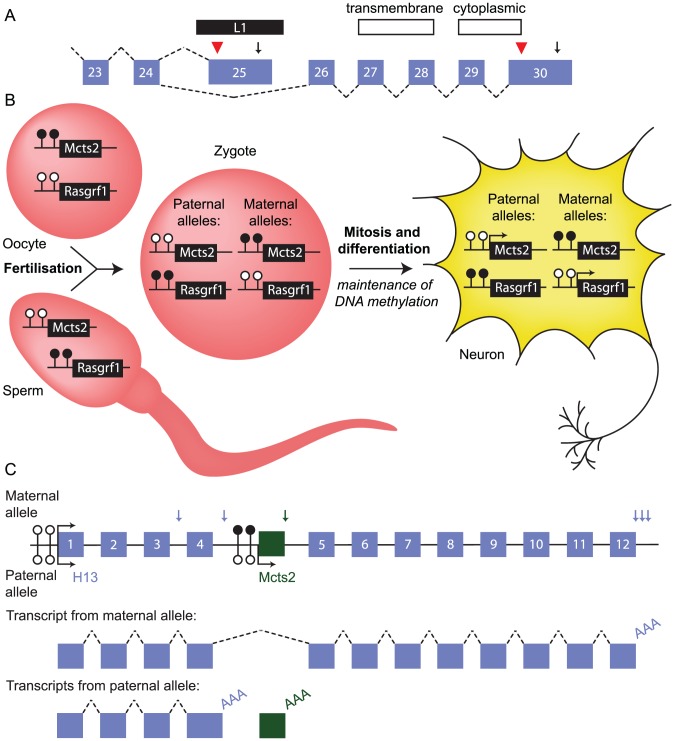Figure 3. Retrotransposition can influence mRNA processing.
(A) Schematic of the 3′ end of the human ATRN gene. An L1 element (black bar) inserted between exons 24 and 26 (numbered boxes) provides a terminal exon, translation termination site (red arrowhead), and polyadenylation signal (arrow) for a subset of transcripts. Alternative splicing produces an mRNA isoform that is polyadenylated in exon 30; only this isoform encodes transmembrane and cytoplasmic domains. Dashed lines, splicing event. (B) Inheritance of DNA methylation at the imprinted Mcts2 and Rasgrf1 genes in mouse. The promoter of Mcts2 is methylated (filled lollipops) in the oocyte and unmethylated (empty lollipops) in sperm. This is opposite to the Rasgrf1 promoter. After fertilisation, these differences persist, marking the origin of the parental alleles even in terminally differentiated cell types, where the unmethylated promoters are transcriptionally active (arrows). (C) Relationship between the retrogene Mcts2 and the gene H13. (Top) Locus structure. Mcts2 (green box) is situated between exons 4 and 5 of H13. Allele-specific differences in methylation at the Mcts2 promoter result in expression of Mcts2 from the paternal allele only. The H13 promoter is unmethylated and active on both alleles. H13 transcripts use alternative polyadenylation sites (vertical blue arrows). Vertical green arrow, single Mcts2 polyadenylation site. (Middle) Representative transcript produced from transcription of the maternal allele. H13 transcripts splice around Mcts2 and use one of three downstream polyadenylation signals (one transcript is shown for clarity). (Bottom) Representative transcripts produced from transcription of the paternal allele. Mcts2 is transcribed and the mRNA is polyadenylated (AAA). H13 transcripts use one of two upstream polyadenylation signals (one transcript is shown for clarity). Transcription of the retrogene Mcts2 is associated with upstream polyadenylation of H13 transcripts.

